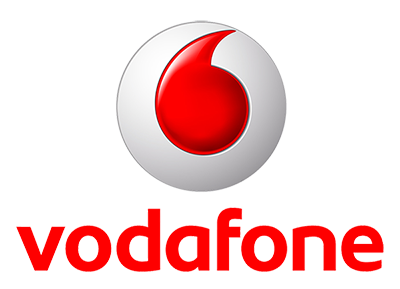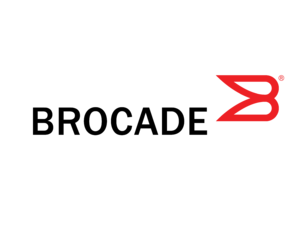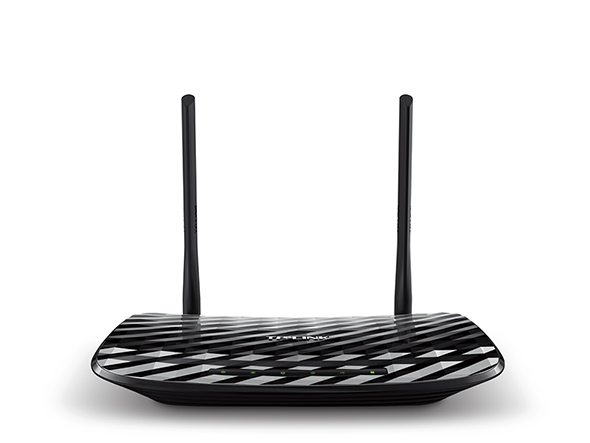![]() Microsoft still hasn’t found what it’s looking for in the search market — a way to beat Google — but it’s not giving up just yet.
Microsoft still hasn’t found what it’s looking for in the search market — a way to beat Google — but it’s not giving up just yet.
Microsoft detailed on Monday a set of new and reworked features for Bing that the company hopes will position the search engine as a “next generation” option for users.
For now, Google sits safely at the top, reigning as it has for many years as the most popular search engine. In August, people in the U.S. ran 66.9 percent of their search queries on Google, while Microsoft ranked a distant second with a 17.9 percent share, according to comScore. Yahoo, which uses Bing as its back-end engine, came in third with 11.4 percent.
But a new logo, a remade interface and improved search features signal “the beginning of a new, more modern era for Bing,” wrote Lawrence Ripsher, Bing’s user experiences general manager, in the blog post.
One of the main changes is the merging of two features — Snapshot and Sidebar — which were introduced last year. Snapshot provides factual, structured information about people, places and things, while Sidebar mines users’ social media accounts to deliver relevant information posted by their contacts on sites like Twitter and Facebook.
![]() “In our new design, we’ve combined these two sources of knowledge to provide people with all the supporting context they’ll need for any given query,” Ripsher wrote.
“In our new design, we’ve combined these two sources of knowledge to provide people with all the supporting context they’ll need for any given query,” Ripsher wrote.
An entirely new feature is Page Zero, which attempts to resolve a query while the user is still typing it, by displaying links, information and actions on the fly before the first page of results appears.
“We think the time people will save using Page Zero instead of navigating a search results page will be significant,” he wrote.
Also new is Pole Position, a set of links and answers displayed prominently and in a larger format at the top of the results page that appear when Bing is highly confident it understands a query’s intent.
Examples of this scenario are when the search engine knows “someone wants images of a celebrity, is looking for a specific fact or needs a detailed view of the weather in a particular city,” according to Ripsher.
Microsoft also enhanced the way Bing is rendered in a wide variety of devices and screen sizes. “Results should look as beautiful on a Surface or iPad as they do on a PC or phone,” he wrote. This also includes incorporating touch-friendly interface controls and designs.
While some of the new features mirror things that the Google search engine already does, Bing offers a richer user interface and user experience, Sterling said. “And the social content integration into search is novel if not useful,” he said.
Overall, at the interface level, Microsoft also revised a variety of elements, including fonts, spacing, color, visual patterns, the search box’s design and the Bing logo. These changes attempt to convey the idea that Bing’s scope now extends beyond the web, since its technology is now included in products as diverse as Xbox, Office and Windows Phone, according to Scott Erickson, a Microsoft senior director of brand and creative.
The goal was “to create a new visual identity that best reflected Bing as part of the Microsoft family,” Erickson wrote in another blog post.
Sterling agreed that Bing has become an integral part of the broader Microsoft product ecosystem. “So it has considerable value for the company beyond directly competing with Google in search and paid search,” he said.
People interested in learning more about the changes to Bing can go to the pageBing.com/explore/newbing.
It’s not clear when the main Bing product will be upgraded with the new look and features.
Microsoft didn’t immediately respond to a request for comment.








